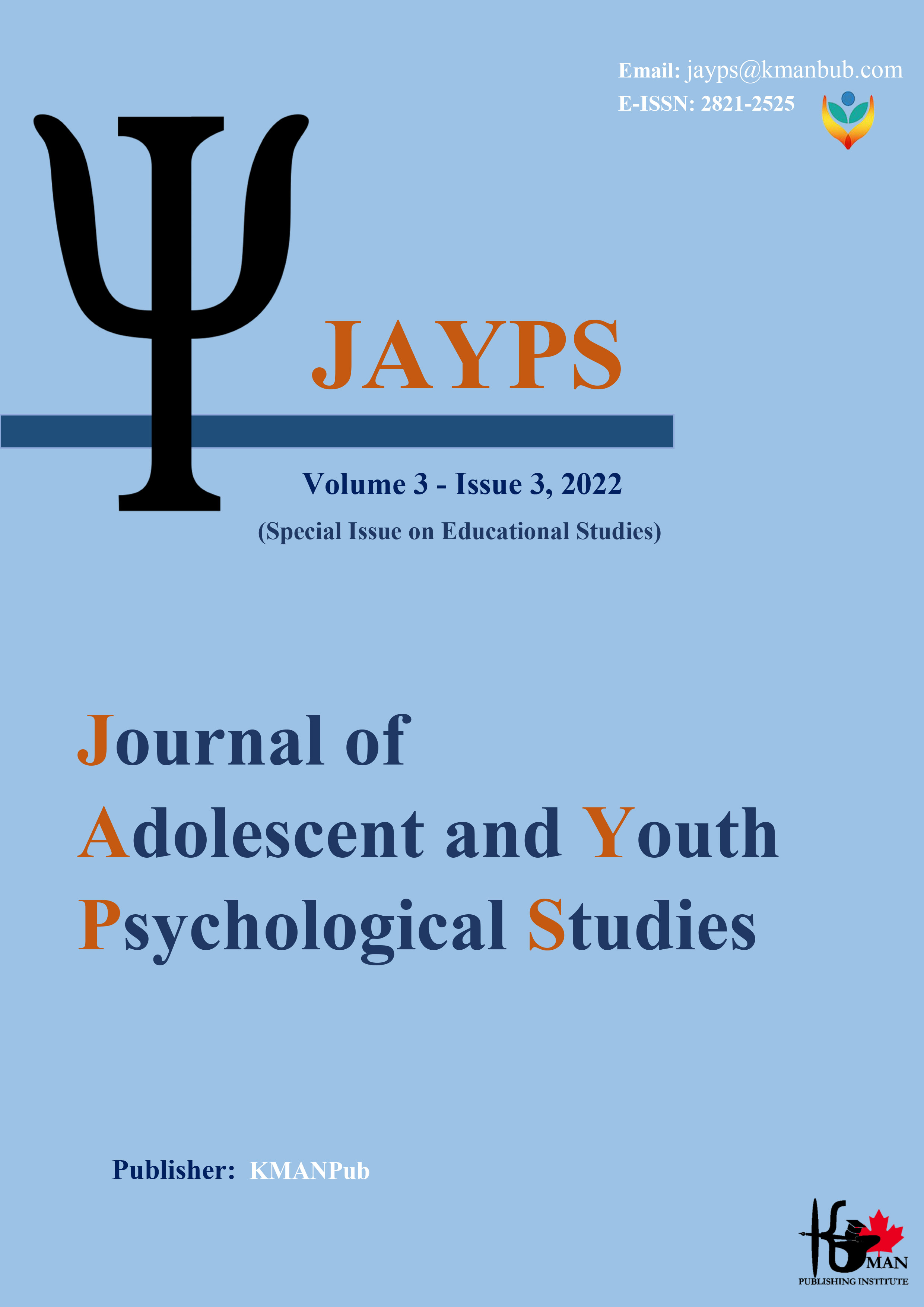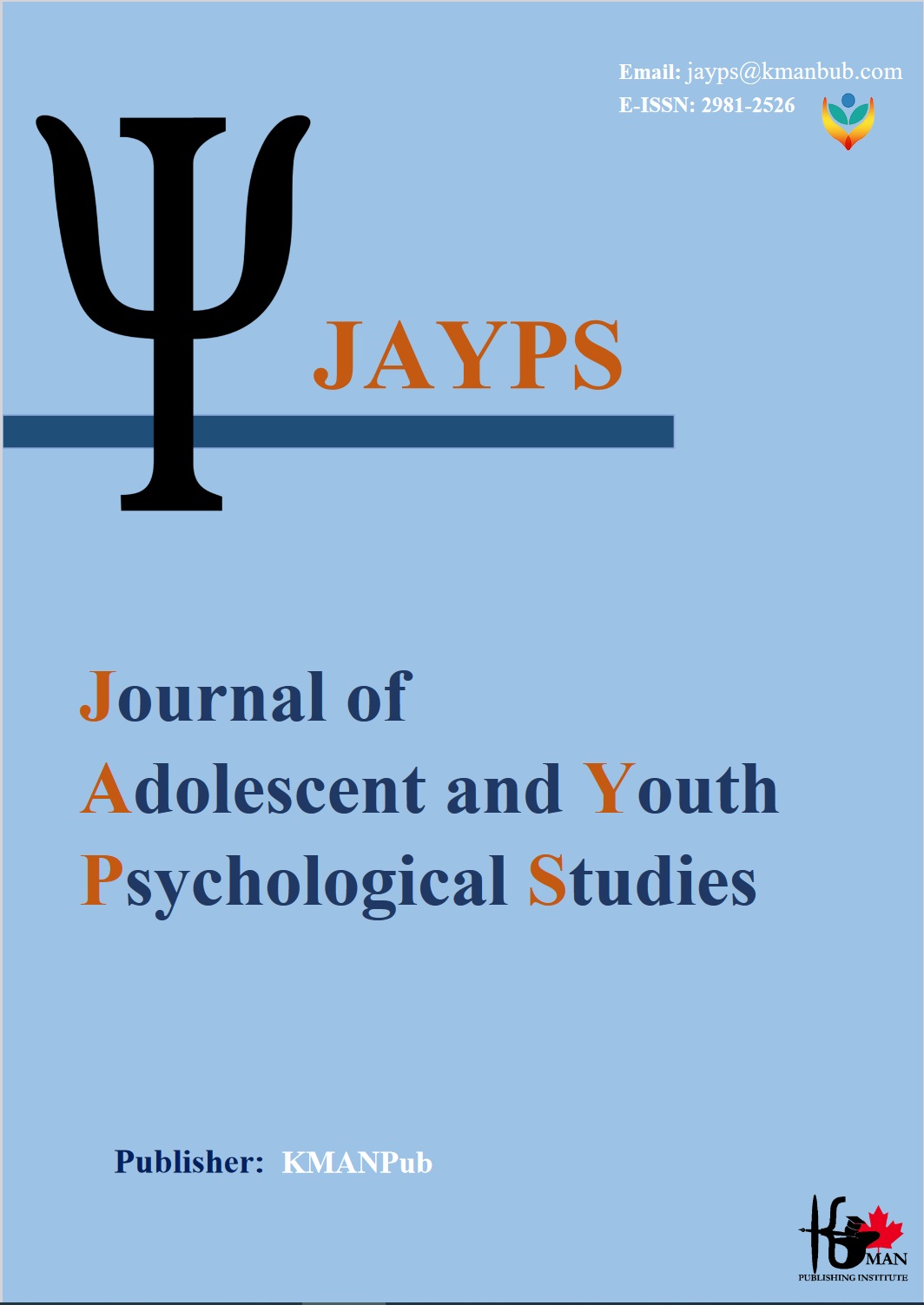Structural relationships among emotional self regulation with chemistry performance with mediation of chemistry learning motivation in students
DOI:
https://doi.org/10.61838/kman.jayps.3.3.19Keywords:
chemistry learning motivation, Emotional Self-Regulation, Chemistry Lesson PerformanceAbstract
Background and Aim: The aim of the present study was to investigate the structural relationships among emotional self regulation with chemistry performance with mediation of chemistry learning in students. Methods: The research method was descriptive-correlation based on structural equations. The statistical population of the present study consisted of all 275 female high school students in the 11th grade, 11 public schools in Mahmudabad in the academic year 2021. In this study 275 people as a sample size by integer method Students were selected. For data collection, Chemistry Learning Motivation Questionnaire of Salta & Koulougliotis (2015), emotion self-regulation Questionnaire of Gross & John (2003) and Chemistry Score in school were used. Structural regression equations with SPSS18 and AMOS23 software were used to analyze the data. Results: Findings showed that emotional self-regulation and chemistry learning motivation have a direct effect on the performance of chemistry in students. Also, chemistry learning motivation have a significant effect on the chemistry performance through the mediation of emotional self-regulation in students. In general, the research model was approved and the research variables were able to predict 33% of the performance variable in chemistry. Conclusion: chemistry learning motivation, Emotional Self-Regulation, Chemistry Lesson Performance.
Downloads
Published
Issue
Section
License

This work is licensed under a Creative Commons Attribution-NonCommercial 4.0 International License.







